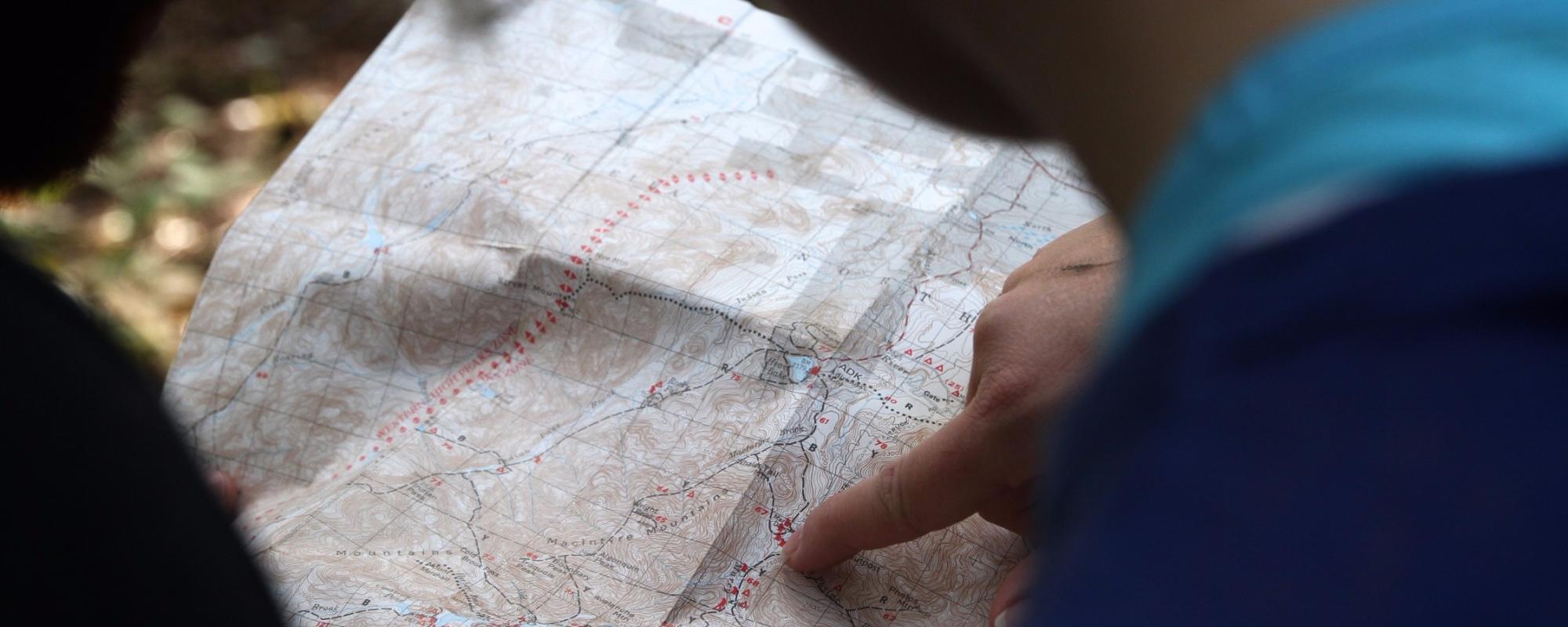There are many different types of maps, which are usually classified according to what they are attempting to show.
However, it must be noted that there are many different ways to interpret the types of maps. One common point of view is that there are two main types of maps:
- those which summarise the actual landscape (topographic and general reference maps); and
- those which describe ⁄ comment on specific features using the landscape as a background or for context (all other maps – usually called thematic maps).
For ease of describing functionally quite different maps; and to explain what can be confusing differences; we have opted to use a greater number of map types. To read more on these topics:
- General Reference (sometimes called planimetric maps)
- Topographic Maps
- Thematic
- Navigation Charts
- Cadastral Maps and Plans
It must be noted that even this is a simplistic approach as there are often overlapping features between maps. For example, a topographic map may be used to show the distribution of a native orchid (therefore it is both a topographic and thematic map) or may be used to show features of particular interest to tourists (topographic, general reference and thematic).
All of these map types may be a unique, stand-alone, map with no relationship to other maps or they may be part of a series of related maps, these are generally called Series Maps. Read more about Series Maps → .
One confusing issue is that people often group maps differently. For example, the World Aeronautical Charts (WAC’s) are often referred to as a specific type of map, when they are really just a type of navigation chart.
Map Specification
All of the above maps have one thing in common – they have a set of rules which determine how they are made and what they show. This is called a Specification. Read more about Specification →
The specification should also contain information on assumptions, limitations and information sources. This is known as 'metadata' and is an important aid to the map reader. Read more about Metadata →
For a single, stand–alone map (such as a map of a tourist resort) this may be very simple. At the other extreme, for series maps the specification is likely to be very complex because it is important that all maps in the series have similar content, as well as a consistent 'look and feel'.
Further Reading
- Earth Science – Types of Maps http://msnucleus.org/membership/html/jh/earth/mapstype/index.html
- Fact Monster – Types of Maps http://www.factmonster.com/world/geography/types-maps.html

